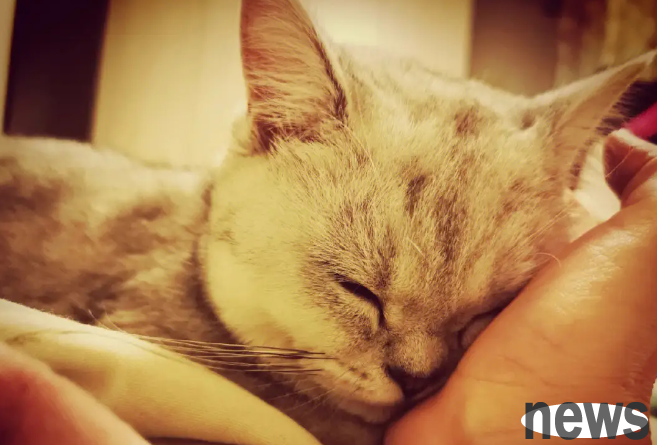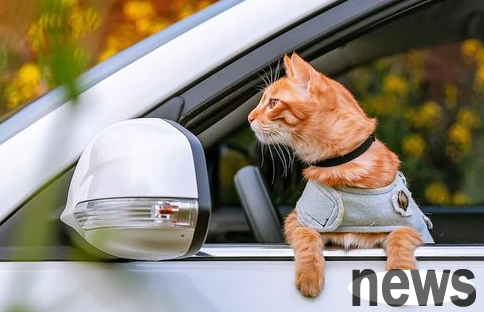Motion sickness in cats is a very common problem, unlike many dogs who can ride in cars comfortably. It is even more difficult for cats to overcome the anxiety of riding in a car. Especially those cats who don’t go out frequently, they only travel 2...
Motion sickness in cats is a very common problem, unlike many dogs who can ride in cars comfortably. It is even more difficult for cats to overcome the anxiety of riding in a car. Especially those cats who don’t go out frequently, they only travel 2-3 times a year, so they will be highly nervous when riding. In addition, the continuous movement of the vehicle and the noise of the engine may also disturb the cat, causing motion sickness.

Symptoms of motion sickness:
· Lethargy, Listening
How to prevent cats from moving sickness
· Constantly licking their lips
· Excessive drooling
· Vomiting, diarrhea
· Pacing, shaking, anxiety, irritability
Causes of motion sickness:
The main reasons why cats are prone to moving sickness are the same as those of humans. It is the feeling when what we see visually is different from what we feel in the inner ear (the innermost part of our ear, a highly sensitive area, responsible for hearing and balance). Just as motion sickness is more likely to occur in children, young cats are more likely to experience motion sickness than adults. Because their inner ear structure has not yet been fully developed, there is also a possibility that it is due to lack of travel experience. They are not used to staying in the car and feel the different signals sent to the brain by glasses and inner ears.
In addition, another reason for cats to move sick may be emotional. They automatically associate cars with going to the hospital, feeling anxiety leads to motion sickness symptoms.
Prevention of motion sickness:
For individual cats, motion sickness is an unavoidable thing. The best way we can help them is to get used to staying in their suitcases. You can place the box where it usually likes to sleep and use toys and snacks to familiarize it with the space. When the suitcase can give it a full sense of security, then make it get used to the space in the car step by step.

In addition, we can also try these methods to help them reduce motion sickness symptoms:
1. Do not eat within 4 hours before going out: Fasting can help reduce nausea symptoms in the stomach and intestines and reduce the frequency of going to the toilet. Especially during long-distance self-driving tours. If the trip takes more than 4 hours, remember to prepare the cat's litter and toilet.
2. Keep the car cool and quiet: play soft classical music. Keep the car ventilated and at the right temperature.
3. Make the smell of home around you: You can put some clothes at home or a blanket in your cat's suitcase to make it smell like it is at home~
4. Distract it: Provide toys and snacks that it is very interested in, and can only appear when traveling. It can help the cat divert its attention and calm down.
5. Frequent rest: When a cat has motion sickness, you can lead it out of the car for a walk. Breathing fresh air can help it relieve nausea symptoms.
6. Drug treatment: Like humans, there are also drugs that can help pets cope with motion sickness. You can consult a veterinarian and treat their anxiety and motion sickness with appropriate medications.
Note: Do not leave the cat in the car alone. Even on cloudy days, the temperature in the car will rise rapidly, which can easily cause heat stroke.